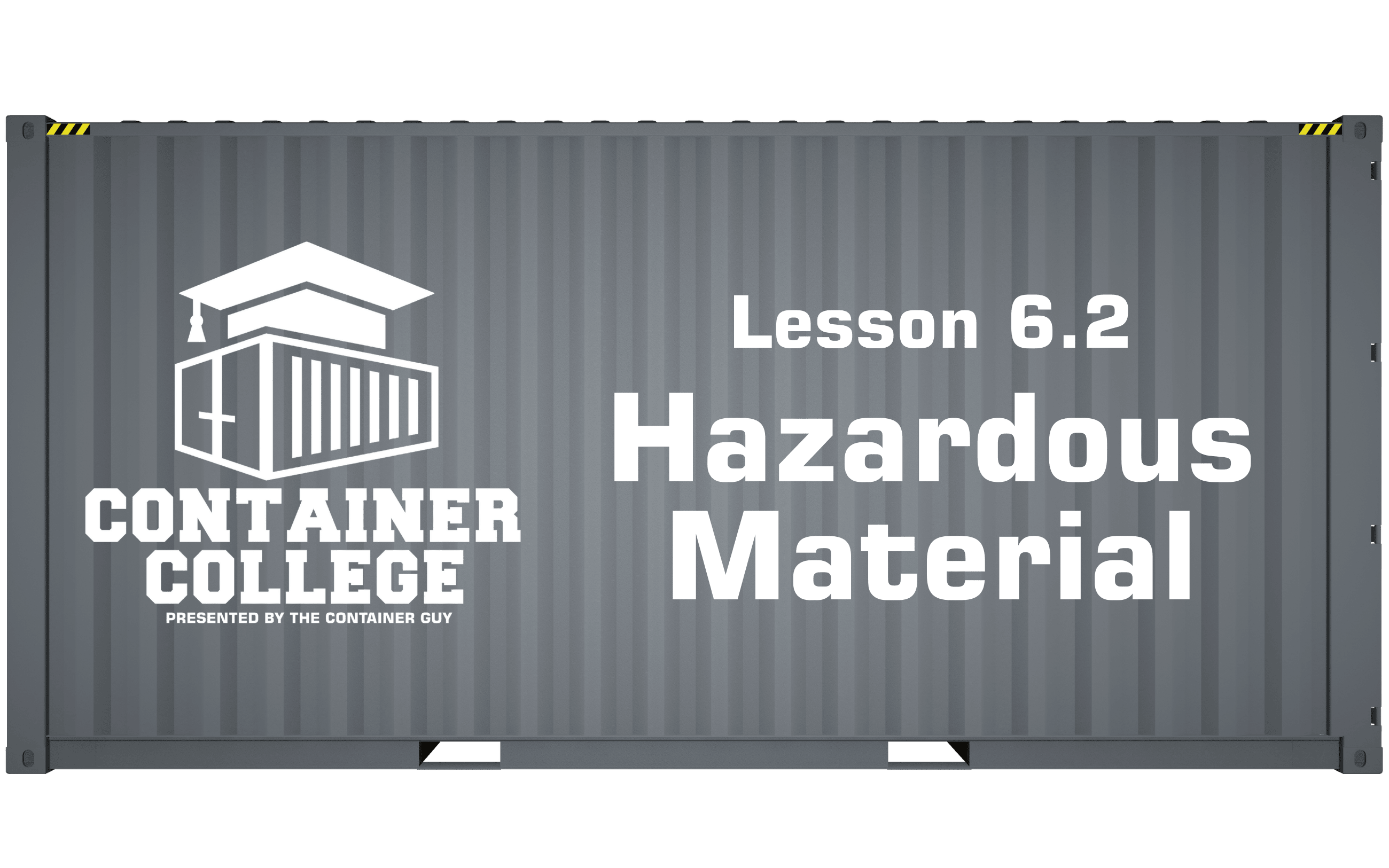
Shipping containers are often used to store fuel, chemicals, paints, or other hazardous materials. While containers are durable and secure, they weren’t originally designed as hazmat storage units. If you plan to store hazardous goods, ventilation and spill containment are two critical upgrades you’ll need to keep your site safe and compliant.
Venting: Managing Fumes & Gases
Hazardous materials often release vapors that can build up inside a sealed container. Without ventilation, this creates a fire, explosion, or health risk.
Why venting is essential:
- Prevents dangerous fume buildup
- Reduces fire risk by allowing gases to dissipate
- Improves air quality for anyone entering the container
Best venting solutions:
- Cross-ventilation: Install vents on opposite ends of the container for airflow.
- Roof vents: Allow lighter gases and heat to escape upward.
- Active vents: Solar or mechanical vents pull fumes out continuously.
CMW’s Big Air Vents and Roof Vent Kits are purpose-built for shipping containers, providing heavy-duty, weld-free airflow solutions that help keep your hazmat storage safe.
Spill Containment: Protecting People & the Environment
Leaks and spills are another major concern when storing hazardous goods. Containers without containment leave the floor and surrounding soil at risk of contamination.
Containment solutions include:
- Spill Berms & Secondary Pans – Place under barrels or tanks to capture leaks.
- Grated Flooring Systems – Raised grates with containment basins underneath catch and hold spills.
- Lined Floors – Chemically resistant liners protect the container’s steel floor from corrosion.
Installation Basics
- Plan Your Layout – Store hazmat materials away from doors to reduce risk during access.
- Install Vents – Cut and bolt vents high and low to promote airflow.
- Add Spill Containment – Position berms, basins, or flooring under all storage areas.
- Seal Floors & Walls – Use coatings or liners to protect the steel from long-term chemical damage.
- Inspect Regularly – Hazmat storage requires ongoing checks for leaks, corrosion, or vent blockages.
Final Thoughts
Shipping containers can be an excellent solution for hazardous material storage, but only when properly modified. Ventilation keeps fumes from becoming dangerous, while spill containment protects your people, your property, and the environment.
With CMW’s Vent Kits and Big Air Vents, you can turn a standard shipping container into a safe, compliant hazmat storage unit, without welding and without compromise.
Watch a full walk-through of a Hazmat container modifications on our YouTube channel here and here.



